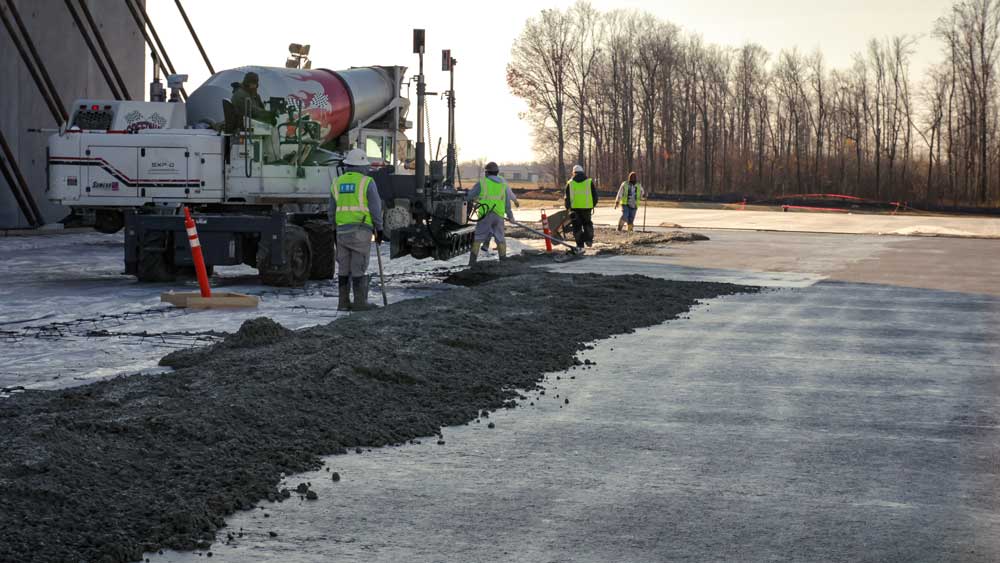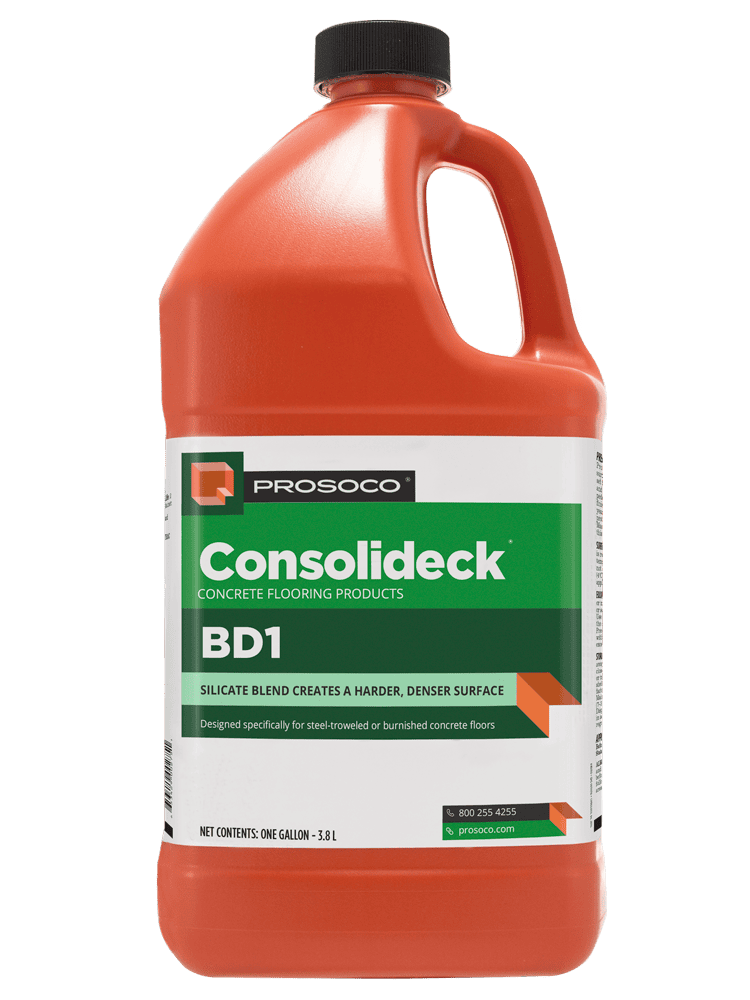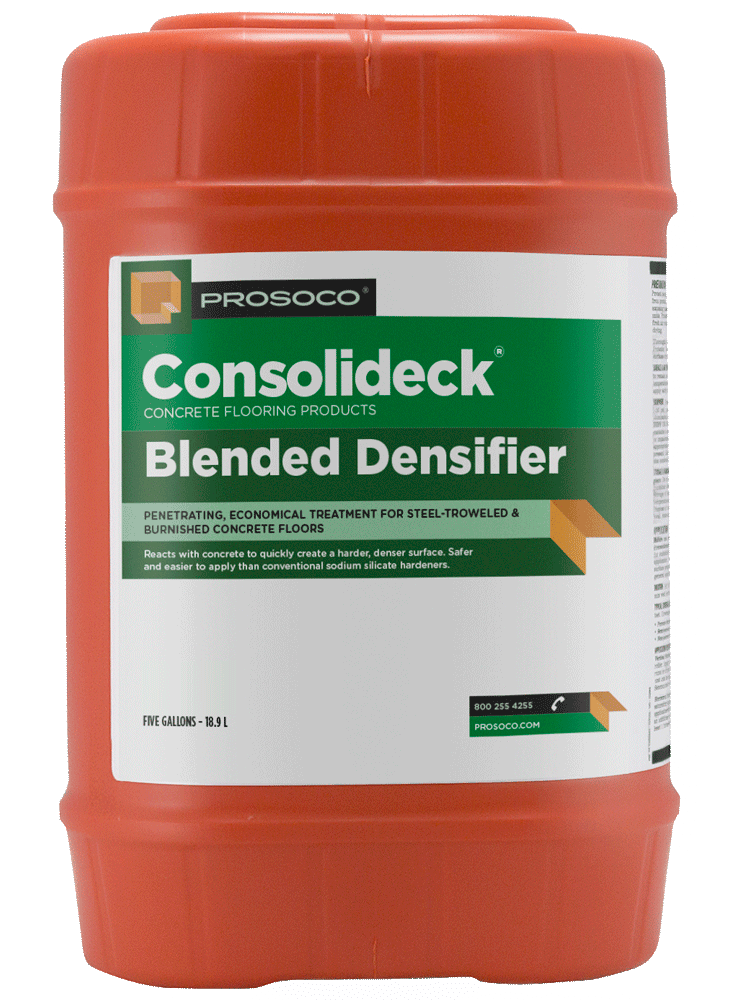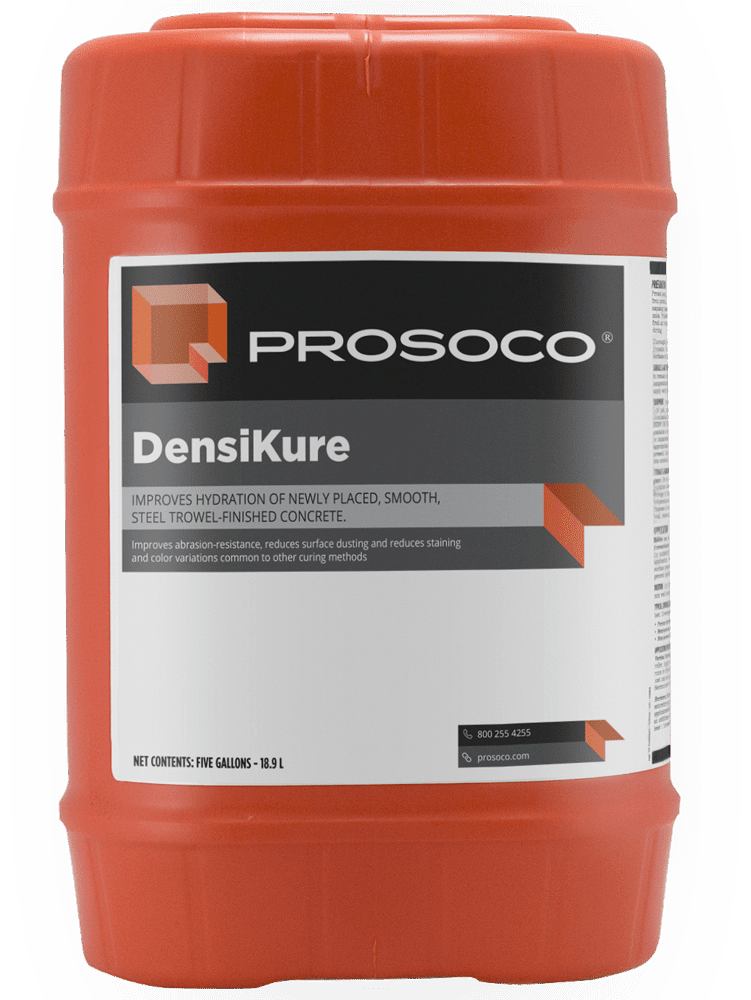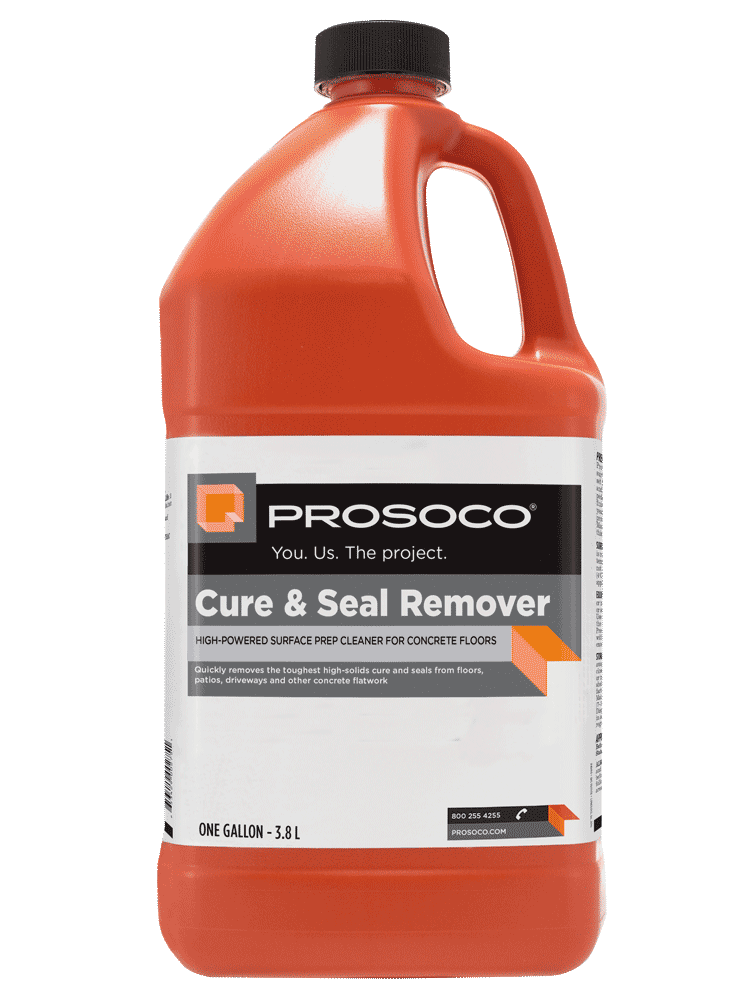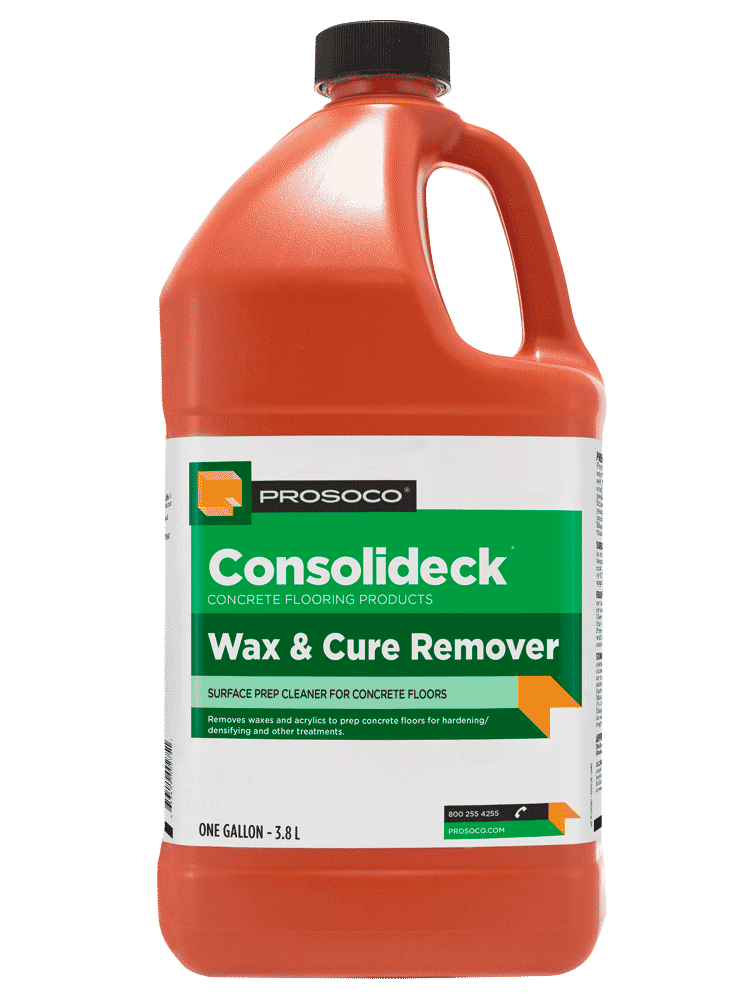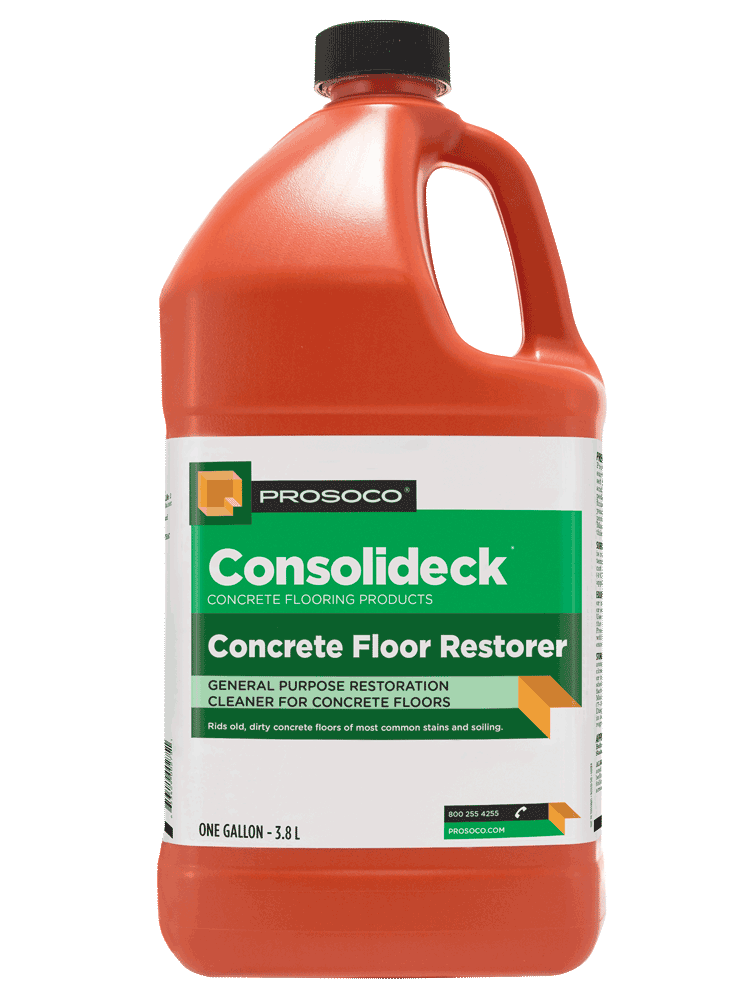Free Download
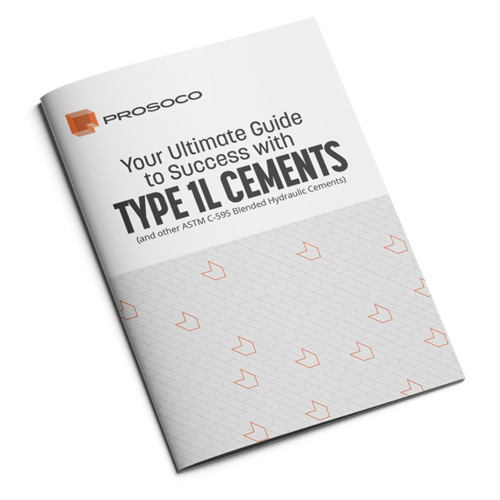
Your Ultimate Guide to
Success with Type 1L Cements
What is C-595 Blended Hydraulic Cement and why is it so popular?
The answer has to do with the process of cement production and its impact on the environment.
Type 1L Cement and other C-595 Blended Hydraulic Cements were introduced as a way to capture CO2 emissions. Some sources state that anywhere from 7% to 8% of the CO2 generated in the world occurs during the production of cement. Type 1L and other blended cements were conceived as a way to limit the amount of CO2 during cement production. Cement is basically limestone put in a kiln and cooked. It’s cooked until it turns into little boulders called clinkers, and then they grind it. When that comes out of the bottom of the grinder, it’s called cement.
The process of cooking and grinding up the limestone to produce cement is not energy-efficient. As a way to reduce the emissions created during this process, the concept of low-carbon cements, including type 1L cement, was born. Type 1L cement is mixed with uncooked, or raw, limestone as a substitute for cooked limestone. In the case of Type 1L cement, anywhere from 15%-50% of the mix can contain uncooked, or raw, limestone.
Many Type 1L and C-595 cements include supplementary cementitious materials (SCMs) such as fly ash or blast furnace slag, that are meant to contribute to improved durability and reduced carbon emissions. Unlike traditional Portland cement, Type 1L and Portland Limestone Cement use alternative blends to meet environmental performance benchmarks without sacrificing strength.
Frequently Asked Questions
Potential issues with C-595 Blended Hydraulic Cements
- Unpredictable set times
- Color inconsistency
- Poor F/F F/L (floor flatness, floor levelness)
- Delamination
- Delay in passing early strength test
- Brittle, more porous, and darker colored surface (due the addition of fly-ash or blast-slag to meet the early strength test)
Learn more
What is Type 1L cement and what should I use to densify it? We summed it all up here.
Type 1L cement has skyrocketed in the last few years. Why is it becoming so common? Read More
Products that work on C-595 Blended Hydraulic Cements
DENSIFIERS
All of PROSOCO's densifiers work on C-595 Blended Hydraulic Cements, but the products below are especially well-suited for them.
- BD1 works well for C-595 cements. Often getting a tight finish on C-595 cements can be difficult. BD1's blend of silicates make it more forgiving on concrete that is not tightly finished.
- Blended Densifier is great choice for C-595 cements for the same reason as BD1. Blended Densifier is tremendously forgiving on concrete that is not as tightly finished.
- DensiKure is both a cure and densifier for newly placed concrete. It is chemically similar to BD1 and Blended Densifier in the way that it densifies, but it also forms a membrane to lock in moisture for the curing of concrete.

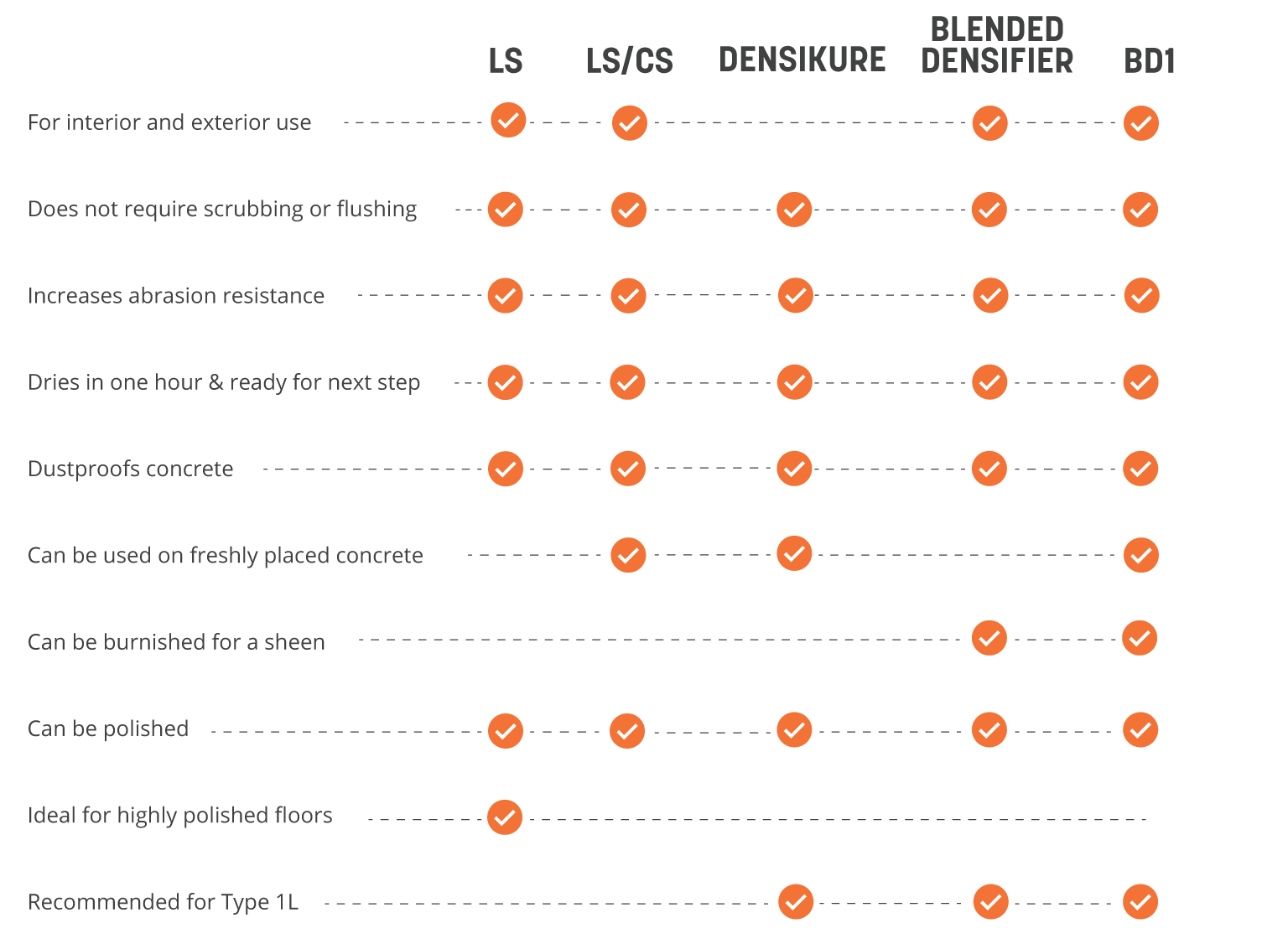
Free Download

Your Ultimate Guide to
Success with Type 1L Cements
SURFACE PREP
Sometimes ready-mix plants use admixtures in their C-595 mixes. Some of these admixtures include super-plasticizers and evaporative retarders, which can leave a film on the surface. This film can vary in thickness and uniformity. PROSOCO's Cure & Seal Remover or Wax & Cure Remover are recommended to remove this film.
Also, rust and biological staining tend to be more prevalent and harder to remediate on C-595 cement slabs. Concrete Floor Restorer is a mild acidic formulation designed to remove compressed limestone power from the surface or near the surface. This makes adhesion failures less likely because the powder acts as a bond breaker.

Need help with C-595/Type 1L issues?
Learn more about Type 1L Cement and other C-595 Cements
To go real in-depth on Type 1L and other C-595 Cements including how to plan for Type 1L Cement projects, schedule an in-person presentation or a online webinar with on eof our concrete flooring technical specialists.
Get jobsite help
PROSOCO has nationwide network of concrete flooring technical specialists and other experts. Find the one in your area to get support on your project.
